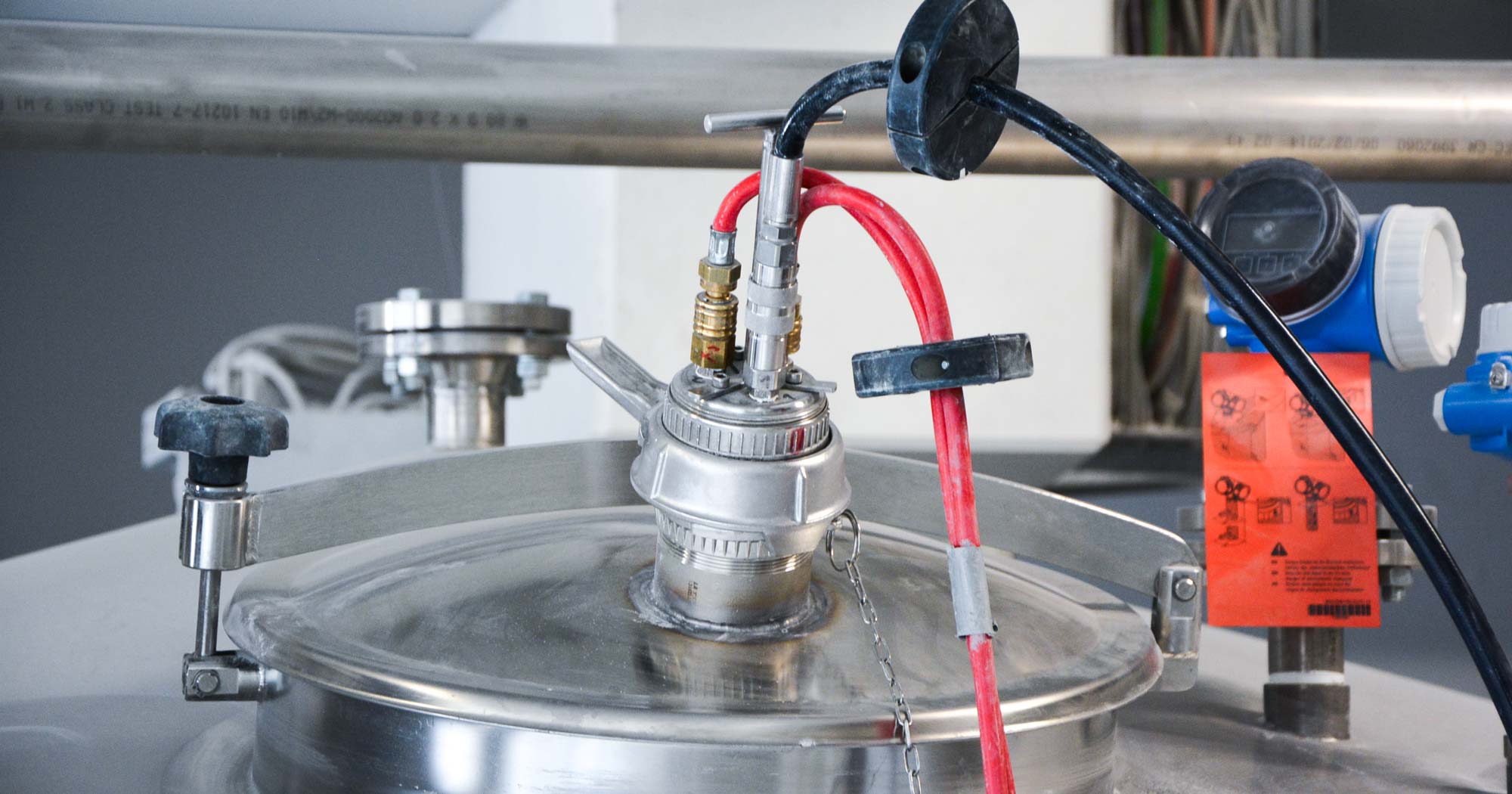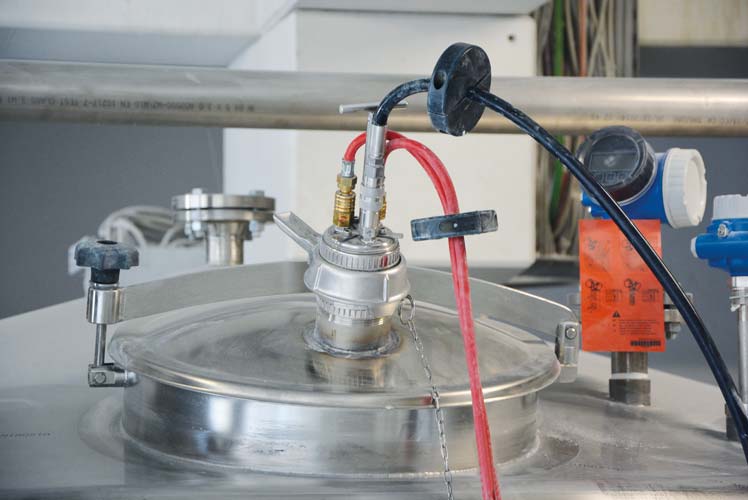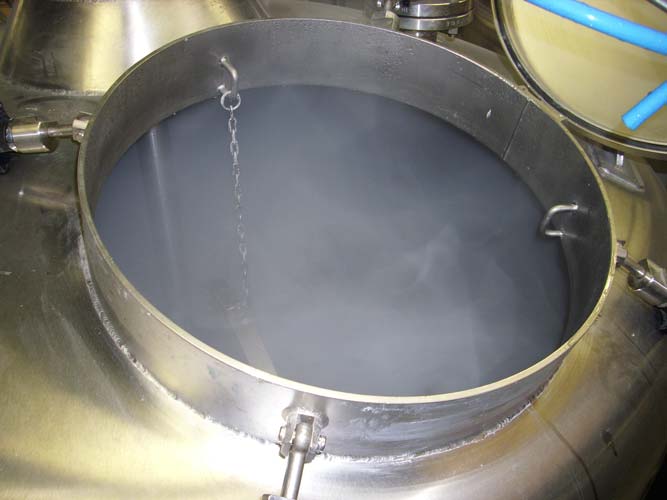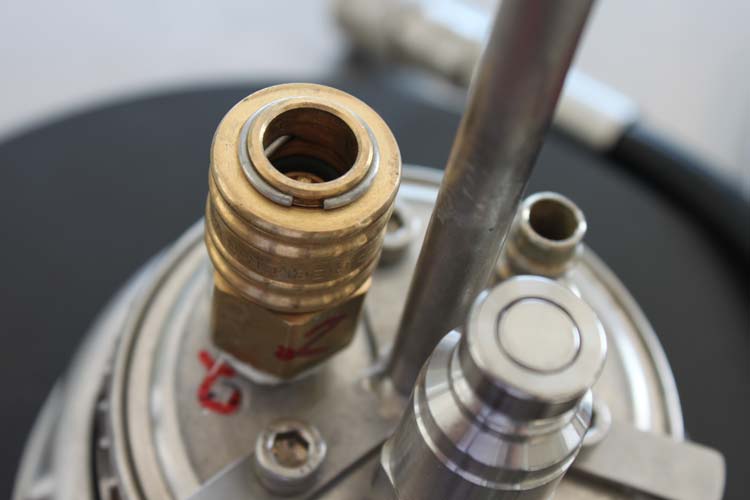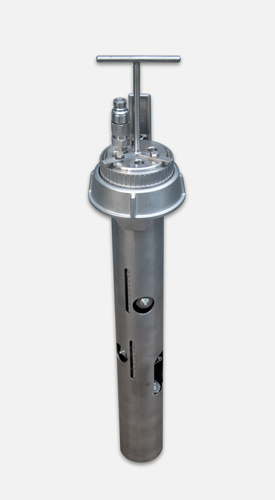In ideal circumstances, the control and documentation of factory hygiene is an integral part of the process control system, which also supports consistent and batch-oriented material postings in production.
First of all, it should be possible to assign the units to a risk assessment. School marks can be given to different risk parameters, such as the surface quality, dead volumes, and aspiration. Moreover, risk coefficients are assigned to raw materials. The control system takes these and other relevant parameters (ambient temperature, dwell time, etc.) to determine the risk class of each unit. A colour display on each unit dynamically shows the current hygiene status.
In addition to the usual production recipes, the process control system can also manage disinfecting recipes, which may include manual components and automatically dosed components. When preparing the sanitising/disinfecting order, the dosing quantity of agents can be adjusted to the current fill level of a container if required. The operator has to acknowledge manual procedures. The system stores the corresponding disinfection logs.
Furthermore, it provides for managing the sampling orders for each unit. Here, the date and the exact specification of test spots is stored. Subsequent to sampling, laboratory results can be entered at the workstation in the laboratory itself.
Since the agents used migrate into the raw materials or the finished products, the automatic material posting includes them as a mixing batch. Thus, they are part of the batch log too. Agents which become neutralised after a short time, can be excluded from batch logging.
A unit log sums up all relevant data. These are among other things:
- graphical representation of fill levels and other analogue values (e.g. temperatures) on an ongoing basis,
- laboratory values of samples,
- disinfection logs,
- batch postings in the unit.
Other relevant complementary data, such as the AOX value of waste water, can also be logged in a journal. These are part of the higher-level hygiene log, which summarises unit logs and disinfection logs for the entire plant.
Conclusion regarding an improved factory hygiene
Factory hygiene is not only improved by using new technologies or new agents but rather by a concerted action of the operating party, the biocide supplier, and the vendor of the line. Each of these players with its corresponding view and experience has an important contribution to made to the holistic solution. The operating party benefits from the facts that the quantity of agent to be used becomes reduced to a minimum whereas the microbiological safety of production becomes increased.
